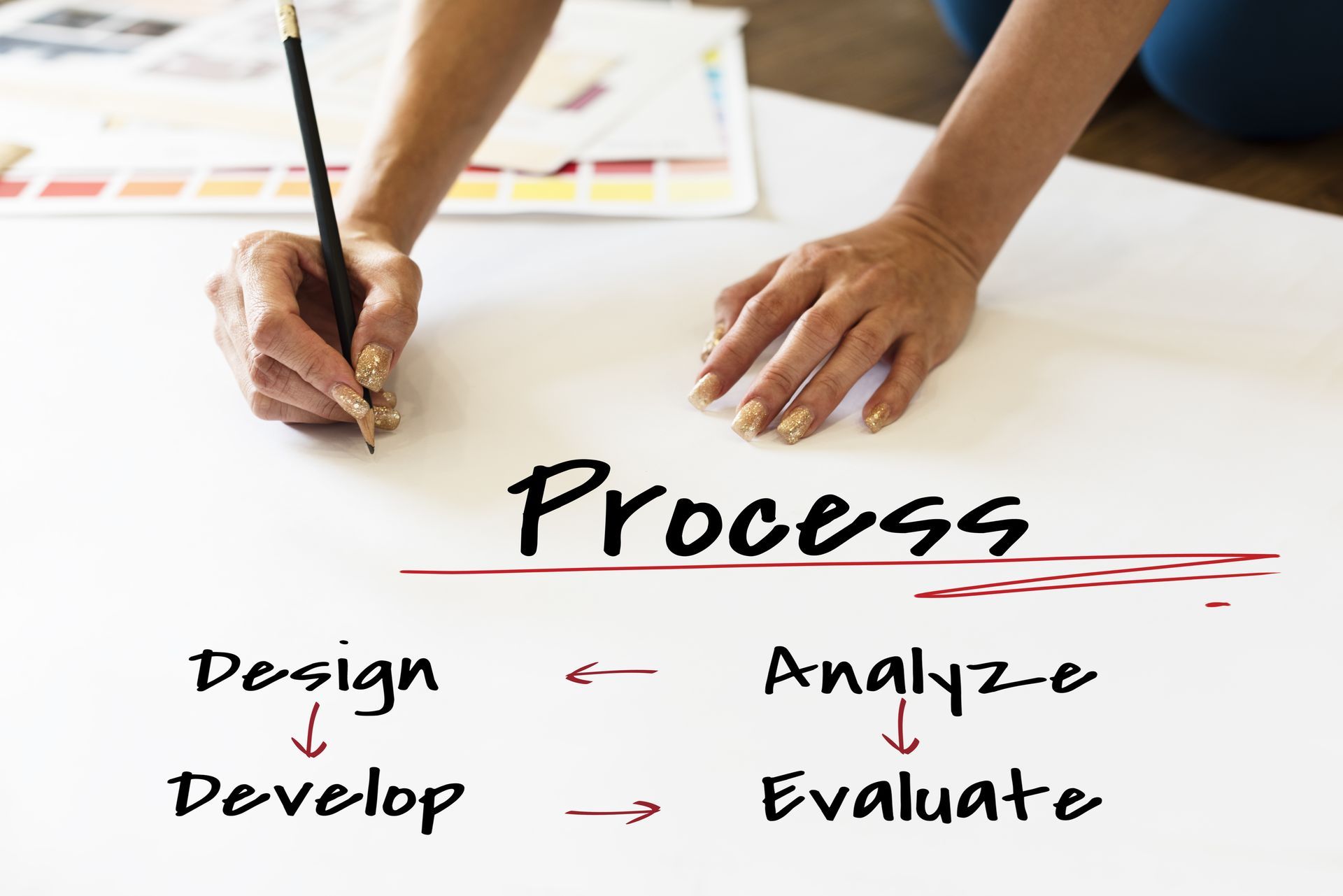The Gaussian process for machine learning can be considered as an intellectual cornerstone, wielding the power to decipher intricate patterns within data and encapsulate the ever-present shroud of uncertainty. As we venture into the world of GP for machine learning, the question at the forefront is: How can the Gaussian Process revolutionize our understanding of predictive modeling?
At its core, machine learning endeavors to extract knowledge from data to illuminate the path forward. Yet, this journey becomes a quest for enlightenment when Gaussian Processes come into play. No longer confined to mere numerical predictions, GPs unveil a world of nuanced probability distributions, allowing predictions to emerge within the embrace of uncertainty—a paradigm shift that beckons the astute and the curious to explore its potential.
But how can you use this scientific approach in your next ML adventure?

How can you use the Gaussian process for machine learning?
At its core, machine learning involves using training data to learn a function that can make predictions about new, unseen data. The simplest example of this is linear regression, where a line is fitted to data points to predict outcomes based on input features. However, modern machine learning deals with more complex data and relationships. The Gaussian process is one of the methods used to handle this complexity, and their key distinction lies in their treatment of uncertainty.
Uncertainty is a fundamental aspect of the real world. We can’t predict everything with certainty due to inherent unpredictability or our lack of complete knowledge. Probability distributions are a way to represent uncertainty by providing a set of possible outcomes and their likelihoods. The Gaussian process for machine learning uses probability distributions to model uncertainty in the data.
Gaussian process for machine learning can be thought of as a generalization of Bayesian inference. Bayesian inference is a method for updating beliefs based on observed evidence. In the context of Gaussian processes, these beliefs are represented as probability distributions. For instance, consider estimating the height of a person like Barack Obama based on evidence such as their gender and location. Bayesian inference allows us to update our beliefs about a person’s height by incorporating this evidence.

Like a double-edged sword
Embedded within the framework of the Gaussian process for machine learning are a plethora of advantages. These include the capability to interpolate between observed data points, a probabilistic nature facilitating the computation of predictive confidence intervals, and the flexibility to encompass diverse relationships through the utilization of various kernel functions.
Interpolation
Interpolation, in the context of the Gaussian process for machine learning, refers to the ability of GPs to create predictions that seamlessly bridge the gap between observed data points. Imagine you have a set of data points with known values, and you want to predict the values at points between these data points. GPs excel at this task by not only predicting the values at these intermediate points but also doing so in a smooth and coherent manner. This smoothness in prediction arises from the correlation structure encoded in the covariance (or kernel) function.
Essentially, GPs consider the relationships between data points and use this information to generate predictions that smoothly connect the observed points, capturing underlying trends or patterns that might exist between the data points.
Probabilistic prediction
Probabilistic prediction is a fundamental characteristic of the Gaussian process for machine learning. Instead of providing a single-point estimate for a prediction, GPs produce a probability distribution over possible outcomes. This distribution reflects the uncertainty associated with the prediction. For each prediction, GPs not only offer a most likely value but also provide a range of possible values along with their associated probabilities.
This is particularly valuable because it allows for the computation of confidence intervals. These intervals provide a measure of how uncertain the prediction is, helping you understand the level of confidence you can have in the predicted outcome. By incorporating uncertainty into predictions, GPs enable more informed decision-making and risk assessment.
Versatility through different kernel functions
The versatility of the Gaussian processes for machine learning arises from its ability to accommodate a wide array of relationships within the data. This flexibility is harnessed through the use of different kernel functions. A kernel function defines the similarity or correlation between pairs of data points. GPs can employ various kernel functions to capture different types of relationships present in the data. For example, a linear kernel might be suitable for capturing linear trends, while a radial basis function (RBF) kernel could capture more complex nonlinear patterns.
By selecting an appropriate kernel function, GPs can adapt to different data scenarios, making them a powerful tool for modeling diverse data types and relationships. This adaptability is a cornerstone of comprehensive capabilities.
Collaboration sparks the flames of machine learning
It is important to acknowledge that while the Gaussian process for machine learning offers a multitude of benefits, it is not devoid of limitations. These encompass non-sparsity, with GPs incorporating the entirety of available data, which can be computationally intensive. Additionally, GPs may encounter efficiency challenges in high-dimensional spaces, particularly when the number of features is substantial.
Non-sparsity and computational intensity
In Gaussian Processes (GPs), the term “non-sparsity” refers to the fact that GPs utilize all available data when making predictions or learning the underlying patterns. Unlike some other machine learning algorithms that focus on a subset of the data (sparse methods), GPs incorporate information from the entire dataset to make predictions.
While this comprehensive approach has its benefits, it can also be computationally intensive, especially as the dataset size increases. GPs involve calculations that depend on the number of data points squared, leading to higher computational demands as the dataset grows. This computational complexity can result in slower training and prediction times, making GPs less efficient for large datasets.

Efficiency in high dimensions
Efficiency in high dimensions refers to how well the Gaussian process for machine learning performs when dealing with datasets that have a large number of features (dimensions). GPs are more prone to inefficiency in high-dimensional spaces compared to lower-dimensional scenarios. As the number of features increases, the complexity of capturing relationships between data points becomes more challenging. GPs need to estimate complex relationships and correlations between data points for each feature, which becomes computationally demanding. The curse of dimensionality comes into play, where the density of data points decreases as the number of dimensions increases, leading to a sparsity of data in high-dimensional spaces. This sparsity can limit the effectiveness of GPs, as their ability to capture relationships may diminish due to the lack of data points in each dimension.
The interaction between non-sparsity and efficiency in high dimensions presents a trade-off in the context of the Gaussian process for machine learning. While GPs’ use of all available data provides a comprehensive and principled approach to learning, this can result in computational demands that grow rapidly with the dataset size. In high-dimensional spaces, where data points become more sparse, GPs might struggle to capture meaningful relationships due to limited data. This intricate balance highlights the importance of carefully considering the characteristics of the dataset and the computational resources available when applying Gaussian processes.
Steps to be taken to apply the Gaussian process for machine learning
Before diving into Gaussian Processes, it’s crucial to have a clear understanding of the problem you’re trying to solve and the data you’re working with. Determine whether your problem is a regression or probabilistic classification task, as GPs are well-suited for both.
Preprocess your data
Prepare your data by cleaning, normalizing, and transforming it if necessary. GPs are versatile and can handle various types of data, but ensuring the data is in a suitable format can impact the model’s performance.
Choose a kernel function
Selecting an appropriate kernel function is a pivotal step. The kernel function defines the similarity or correlation between data points. It shapes the way GPs model relationships in the data.
Depending on your problem and domain knowledge, you might choose from common kernel functions like the Radial Basis Function (RBF), linear, polynomial, or custom kernels.
Define your GP model
Define the Gaussian process model by specifying the chosen kernel function and any associated hyperparameters. Hyperparameters determine the characteristics of the kernel function, such as length scales or noise levels. The combination of the chosen kernel and its hyperparameters shapes how the GP captures patterns in the data.
Fit the model
Fitting the GP involves learning the optimal hyperparameters that maximize the model’s fit to the training data. This step is critical for the GP to capture underlying patterns accurately. You can use techniques like maximum likelihood estimation (MLE) or gradient-based optimization to find the best hyperparameters.

Consider predictions and uncertainty
Once the GP model is fitted, you can start making predictions. For each new data point, the Gaussian process for machine learning produces not only a point prediction but also a probability distribution over possible outcomes. This distribution quantifies uncertainty and is essential for probabilistic reasoning. The mean of the distribution represents the predicted value, while the variance provides insights into the model’s uncertainty about that prediction.
Evaluate and interpret results
Evaluate the GP model’s performance using appropriate metrics, such as mean squared error for regression tasks or log-likelihood for probabilistic classification. Examine how well the Gaussian process for machine learning captures the patterns in the data and whether the uncertainty estimates align with reality. Visualize the predictions, including the mean prediction and uncertainty intervals, to gain insights to use as a model of the Gaussian process for machine learning.
Do the hyperparameter tuning
Iteratively refine your GP model by experimenting with different kernel functions and hyperparameter settings. This process, known as model selection and hyperparameter tuning, helps you identify the most suitable configuration for your problem. Techniques like cross-validation can aid in making these decisions.
Handle larger datasets
If working with large datasets, consider techniques to improve efficiency. Approximate inference methods like the sparse Gaussian process for machine learning can help manage computational demands. Additionally, assess whether the curse of dimensionality might impact your GP’s performance and explore dimensionality reduction techniques if needed.
Aim for continuous improvement
Once satisfied with the GP model’s performance, deploy it for predictions on new, unseen data. Monitor its performance in real-world scenarios and gather feedback to identify areas for improvement. Continuous refinement and model updates ensure that your GP remains effective and relevant over time.
As our exploration of the Gaussian Process for machine learning comes to an end, let’s be inspired by their symphony of knowledge and uncertainty. Let’s embrace their potential to transcend data, empowering us to navigate the uncertainties ahead with the tune of probabilities as our guide.
Featured image credit: rawpixel.com/Freepik.





